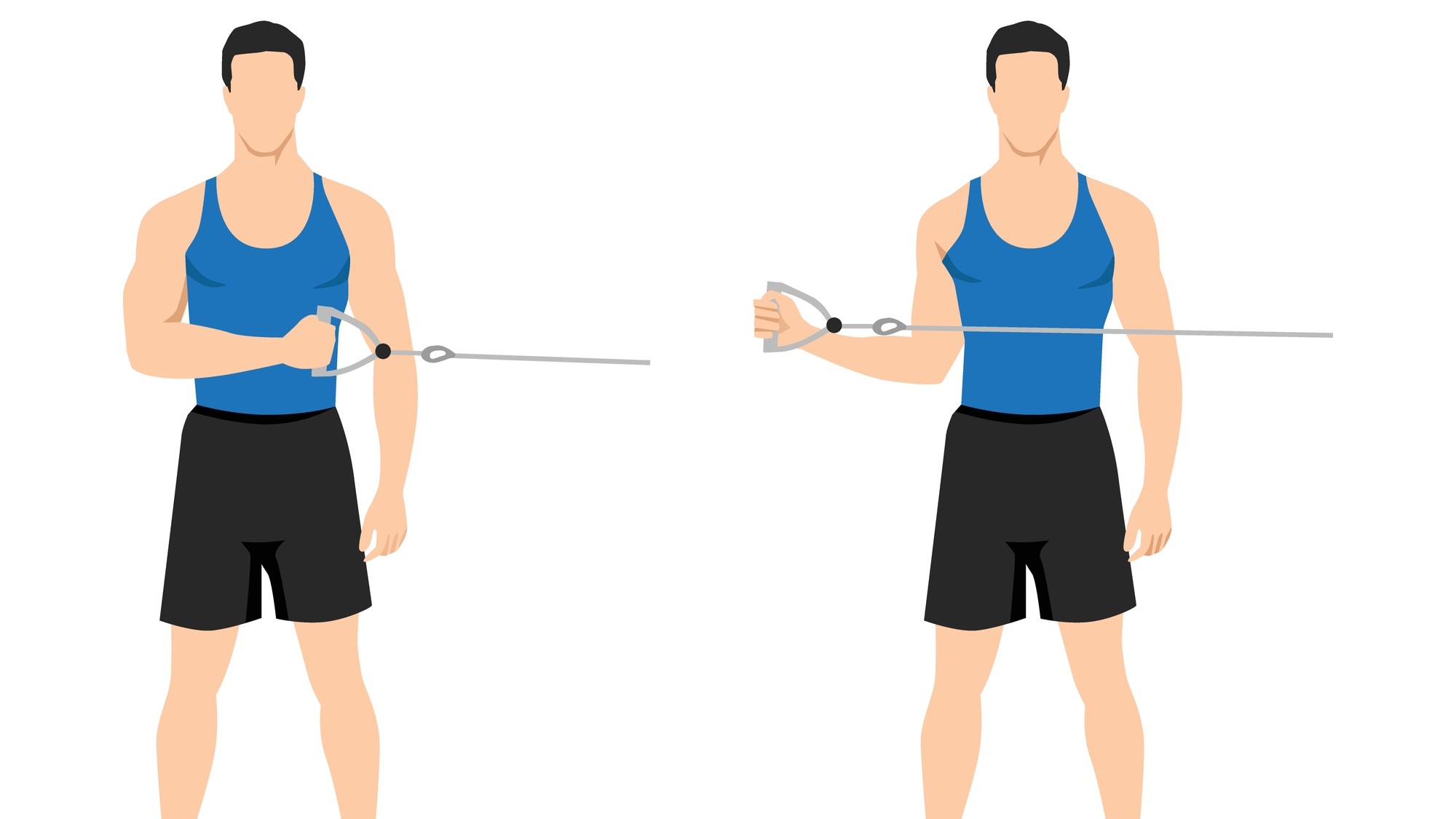
Sometimes, it’s not enough to build strong shoulder muscles in the gym — whether you’re experiencing tightness, pain, or an injury, it might be time to seek out the expertise of a physiotherapist to unlock things
Rebecca Bossick, a lead physio at One Body LDN, shares five movements to unlock tight traps and hunched shoulders and relieve aches and pains. You can do them at your desk or before or after a workout, and they’re a simple but effective way to ease niggles and release your shoulders.
If you can commit just 10 minutes a few times a week, these are the moves you need to know about.
5 moves that ‘actually work’
“The shoulder joint is one of the most mobile in the body, but that flexibility also makes it one of the least stable,” says Bossick. “When we spend long hours sitting or perform repetitive movements without balance or control, we’re effectively training our shoulders into dysfunction. Over time, that can lead to pain, weakness, or even injury.”
Tight traps, rounded posture and slumping can lead to little niggles and aches over time, which can then develop into more serious strains or postural dysfunction.
For those who sit for long periods, breaking up the day with gentle movement, stretches and mobility exercises can help, but these moves apply to most people who want to improve shoulder function.
Bossick says that rotator cuff strains, shoulder impingement and frozen shoulder can result from rounding the shoulders (called internal rotation) and tight chest muscles. The smaller stabilizer muscles around the shoulder blades become weak and inactive, and additional issues like skipped warm-ups, poor lifting form, or repetitive strain compound the problem.
Get instant access to breaking news, the hottest reviews, great deals and helpful tips.
“These injuries often linger because people either stop moving altogether or push through pain,” she says. “In reality, what the shoulder needs is controlled, consistent movement that strengthens and stabilizes the joint.”
Build stronger, pain-free shoulders with the exercises below.
1. Scapula retractions

“Stand tall and gently squeeze your shoulder blades together, holding for a few seconds. This teaches your body to activate the correct postural muscles and reduces overuse of the upper traps, a common source of tension for anyone who works at a desk,” says Bossick.
Simple, easy and accessible.
2. Wall angels

“Stand with your back and arms against a wall and slowly raise and lower your arms in a ‘snow angel' motion,” says Bossick. “It’s harder than it looks, but it encourages coordination and mobility between the shoulder blades and upper back, crucial for overhead movements and everyday comfort.”
3. Resistance band external rotations

“Anchor a light band at elbow height, keep your elbow tucked into your side, and rotate your hand outward. This move targets the rotator cuff, a group of small but vital muscles that stabilize the shoulder joint and prevent injury.”
4. Face pulls

“Using a cable or resistance band, pull towards your face with your elbows high. This strengthens the rear deltoids and mid-back muscles, which help open up your chest and keep your posture upright.”
5. Y-T-Ws
“Lying face down or leaning forward from the hips, form the letters Y, T and W with your arms. It’s an endurance exercise for the deep stabilizers of the shoulder, improving balance, control and strength across the upper back.”
Verdict
Start small and stay consistent, which is the real key to success. There’s no point in doing these exercises twice a day for two weeks, then dropping off.
“Even ten minutes, three times a week, is enough to see a difference,” says Bossick. “Focus on slow, controlled repetitions rather than load. Once you’re comfortable, add light resistance with bands or small dumbbells.”
Simply performing scapula retractions or taking some shoulder rolls when you remember during the day can help relieve tension, and it will help you remember to take corrective measures in your posture.
“Think of it as reeducating your body. You’re reminding your muscles how to move well again, even when your environment is static,” Bossick explains.
“You wouldn’t wait for your teeth to hurt before brushing them, and your joints are no different. A few minutes of focused movement each week can be the difference between lifelong aches and a body that feels strong and capable.”

Follow Tom's Guide on Google News and add us as a preferred source to get our up-to-date news, analysis, and reviews in your feeds.
More from Tom's Guide
- I'm a personal trainer — this one-minute stretch opens your shoulders and builds upper body flexibility
- You just need 3 moves and 25 minutes to build your back, biceps and shoulders with a set of dumbbells
- I walk 5 miles every day without leaving the house — here’s how I do it

Sam Hopes is a level 3 qualified trainer, a level 2 Reiki practitioner and fitness editor at Tom's Guide. She is also currently undertaking her Yoga For Athletes training course.
Sam has written for various fitness brands and websites over the years and has experience across brands at Future, such as Live Science, Fit&Well, Coach, and T3.
Having coached at fitness studios like F45 and Virgin Active and personal trained, Sam now primarily teaches outdoor bootcamps, bodyweight, calisthenics and kettlebells.
She also coaches mobility and flexibility classes several times a week and believes that true strength comes from a holistic approach to training your body.
Sam has completed two mixed doubles Hyrox competitions in London and the Netherlands and finished her first doubles attempt in 1:11.
You must confirm your public display name before commenting
Please logout and then login again, you will then be prompted to enter your display name.
